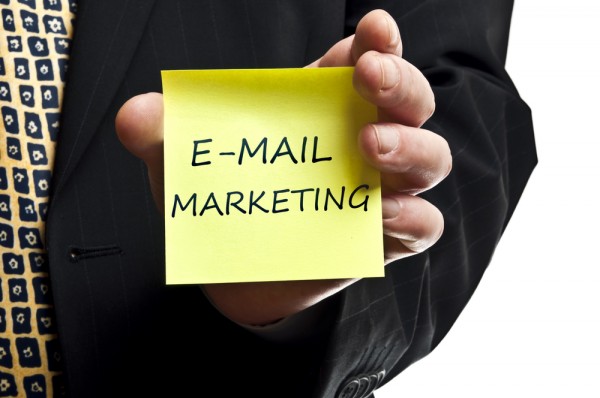You spent months developing a marketing campaign, and now it seems to be blowing up in your face. What did you do wrong? How can you fix it? As it turns out, most marketing campaigns fail for many of the same reasons. Here are the reasons online campaigns often fail, and how to get yours back on track.

1. Too Many or Too Few Emails
There’s a fine line between ignoring your customers and spamming them. While there are obviously many businesses engaging in spam, legitimate marketers are missing out on tons of sales opportunities simply because they fail to reach out to their customer base often enough.
For most purposes, once per week is the perfect frequency for sending out emails to those on your marketing list. Less frequent emails sends the message you aren’t truly interested in your customers. More emails starts to feel spammy.
2. Insubstantial Content
So, you’re sending out emails – not too few and not too many – and still aren’t getting a response. In this case, it’s probably your content. Do your emails answer burning questions your customers have? Do your messages excite and inform them?
In addition to filling your messages with information such as helpful hints, new product releases, special deals and other interesting stuff, you must make sure the content is high quality. Spelling errors, poor grammar and other careless mistakes kills your credibility with your readers.
3. Lacking Visual Appeal
People shop with their eyes more than anything else – even their wallets. If your messages are filled with lots of long, intimidating paragraphs and very little in the way of graphics and easily scanned subtitles, you’re likely losing your readers before they begin.
Sure, fill your messages with quality content, but break up all that information with easily scanned subheads, pictures, and other visually appealing design techniques. Highlight important information in differently colored text. Make it look so appealing no one would dare miss reading it.
4. Looking Spammy
Even if you’re only sending out email marketing messages once per week, your titles might be causing many readers to pass your content off as spam. Once people start moving your messages to the junk box, you’ve lost them. Don’t let your killer content fall prey to a sloppy title that looks like spam.
How can you tell if your title is good? Picture yourself reading it in your inbox. Does it read like the other 50 spam messages you got this morning, or more like an interesting and informative read? For example, consider the difference between, “Loose 50 pounds by summer!” versus, “# things you need to do between now and summertime.” Most people will open the second message to see what they need to be doing. Most will delete the first, or worse, send it to the spam folder. Exclamation marks are almost always a tell-tale sign of spam.
5. Doesn’t Answer the Question: “What’s in it for me?”
The bottom line for consumers is: what am I going to get out of it? So, you need to answer this question for them. Why should they read your email message? Why should they consider your product? What do you have to offer them that others can’t? Show the customer what’s to be gained by reading your message and following through with a purchase.
Getting a marketing campaign back on track is usually just a matter of tweaking the messages to avoid these all too common mistakes.










Comments